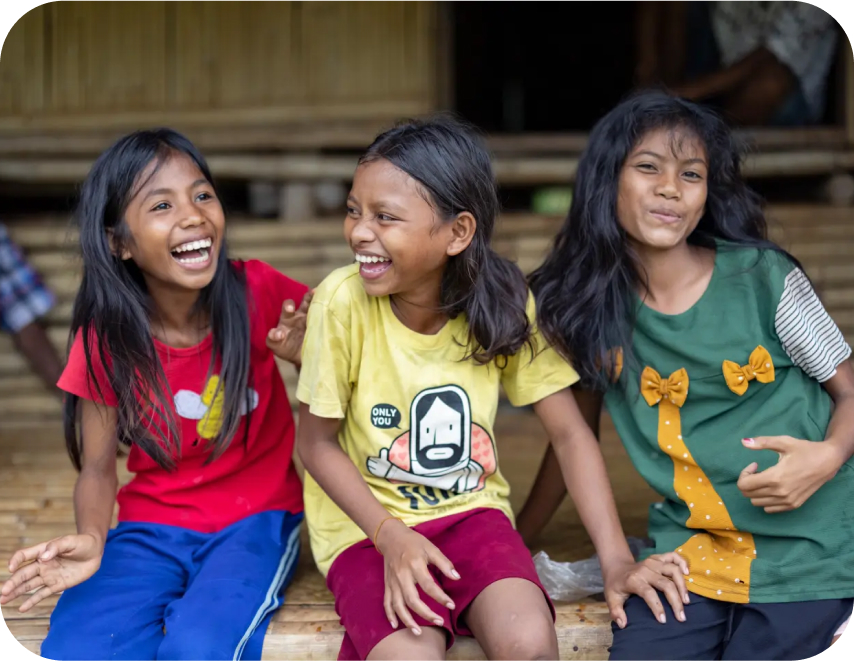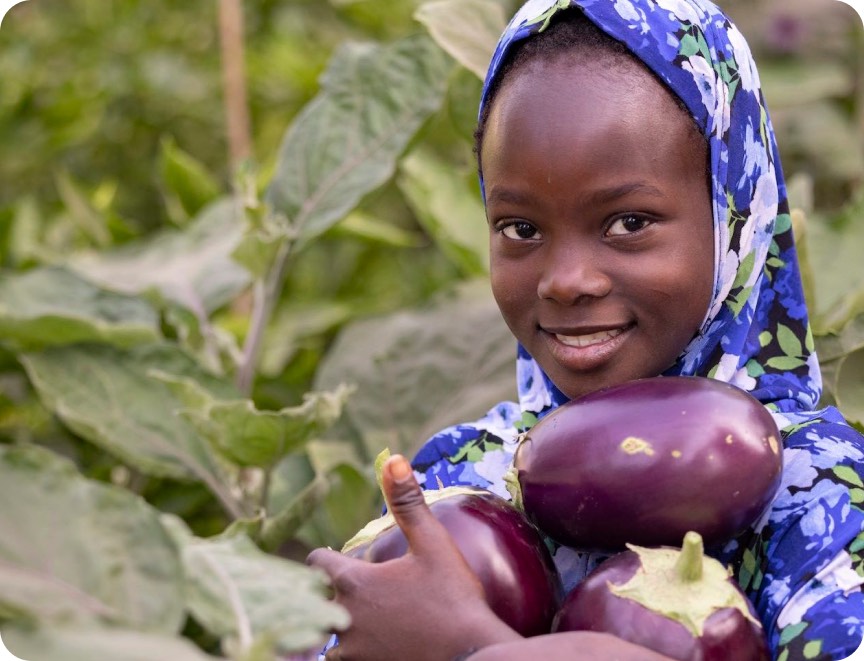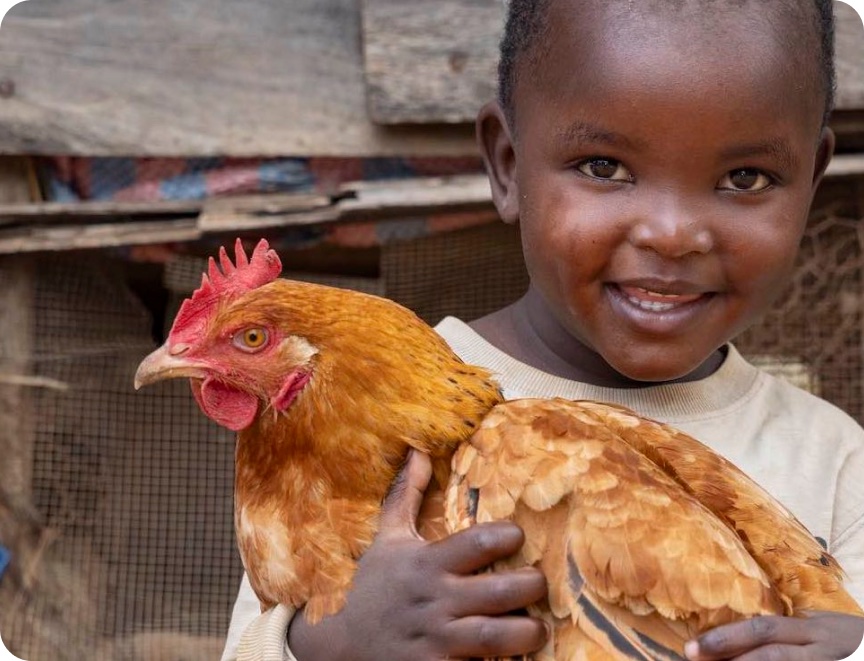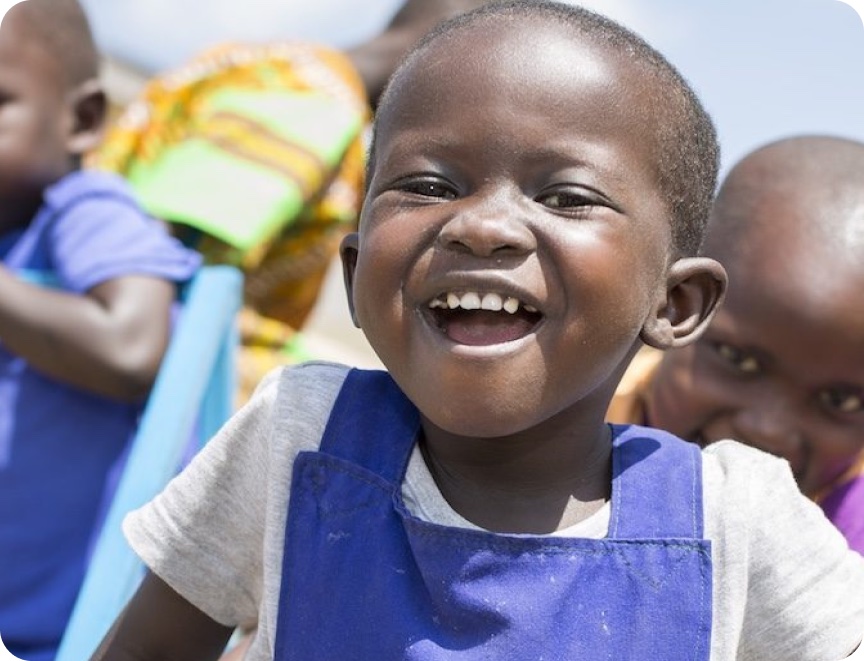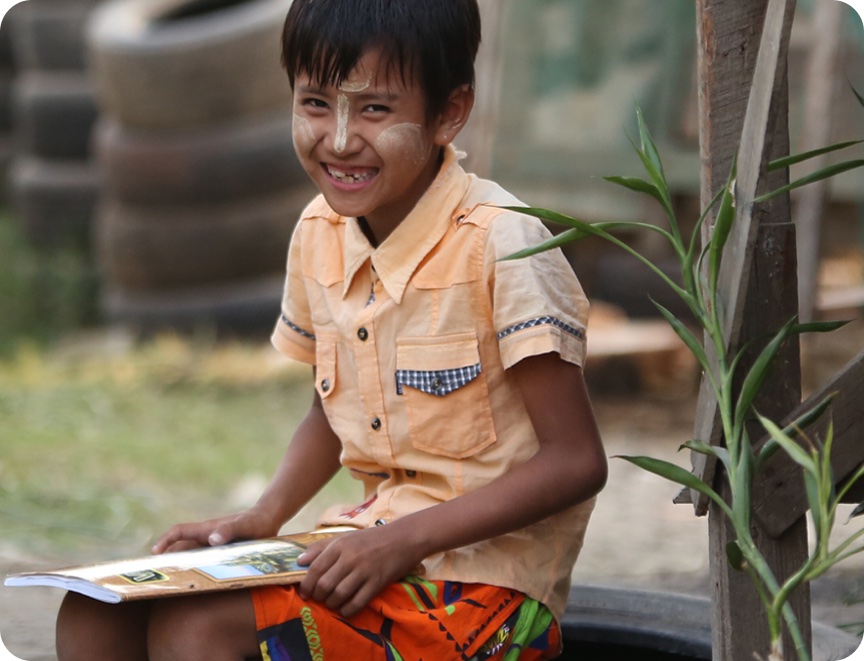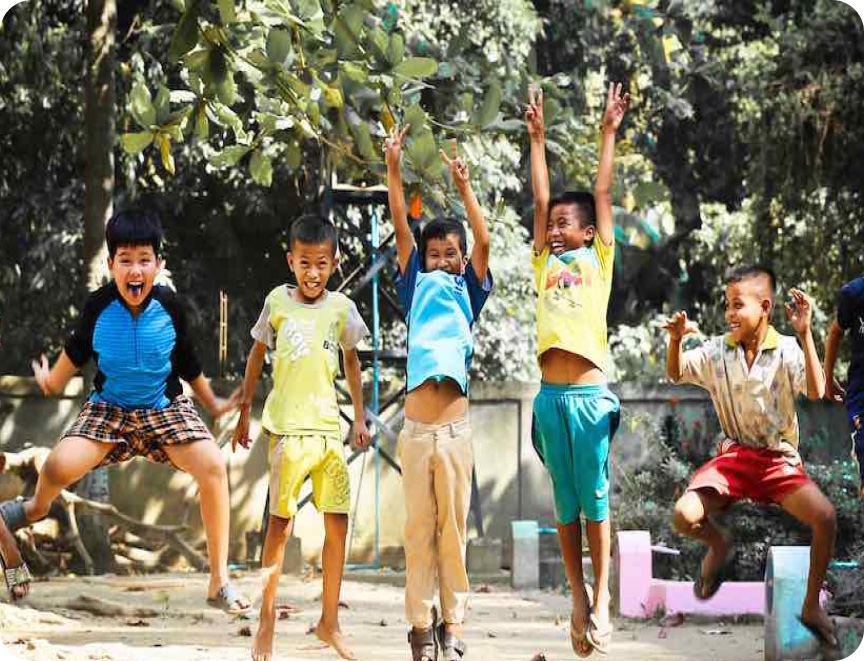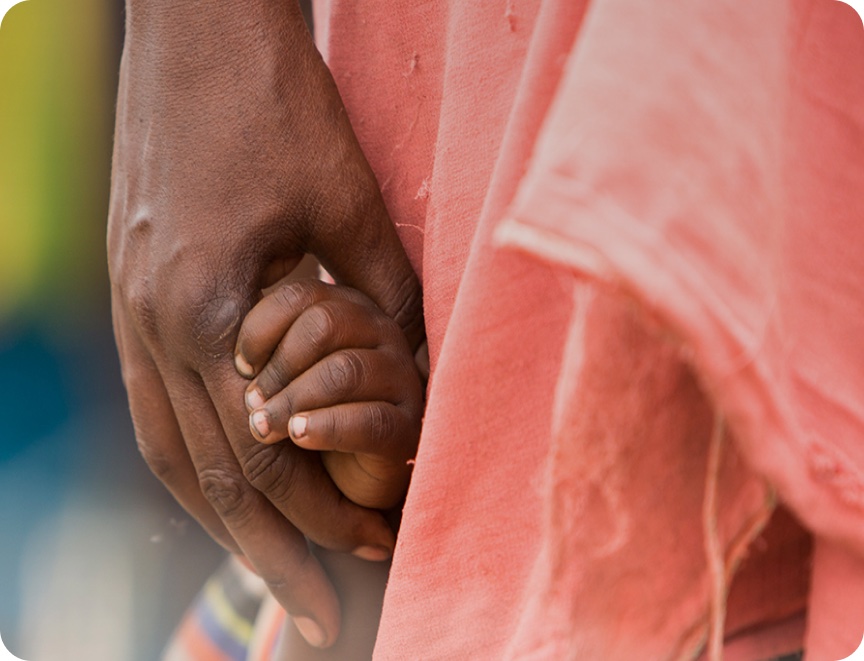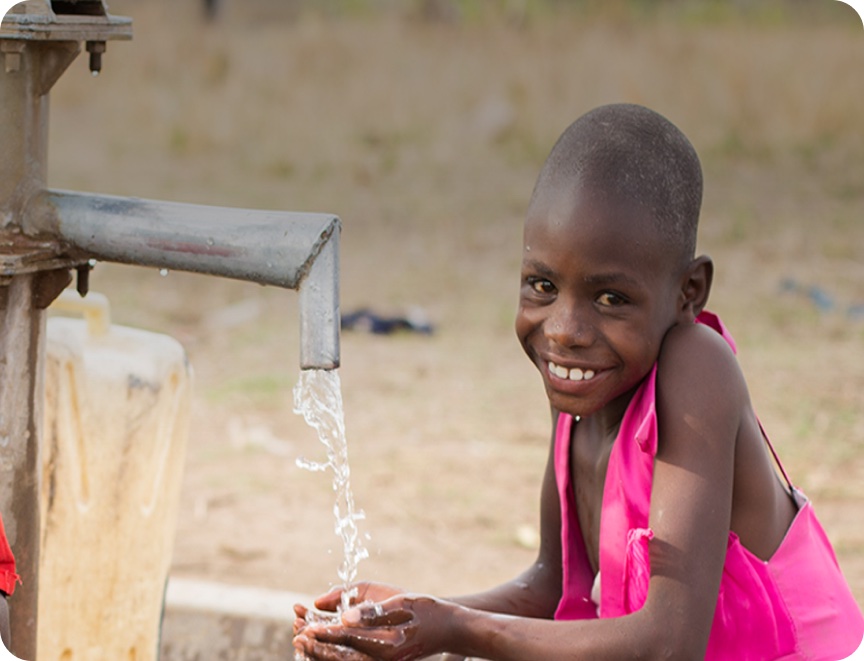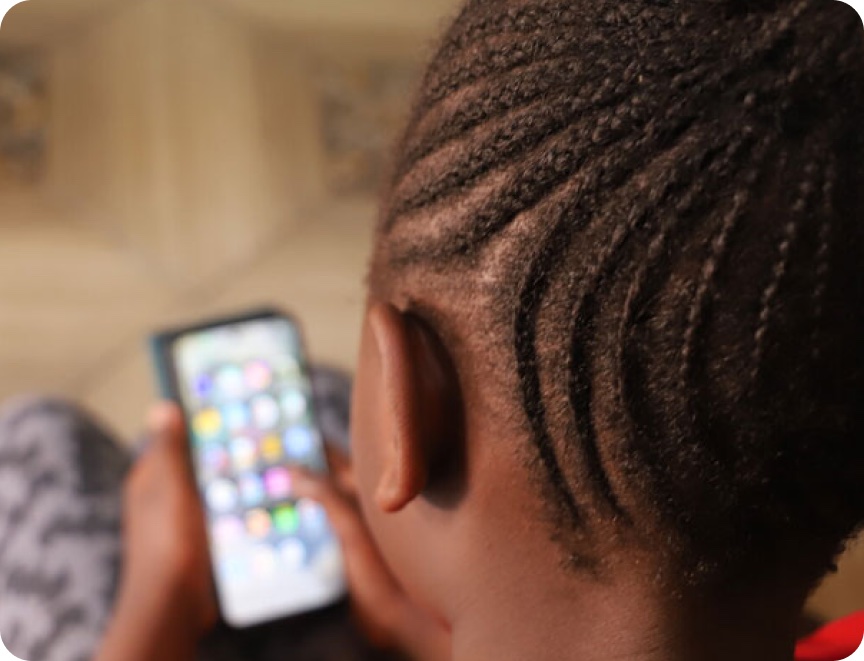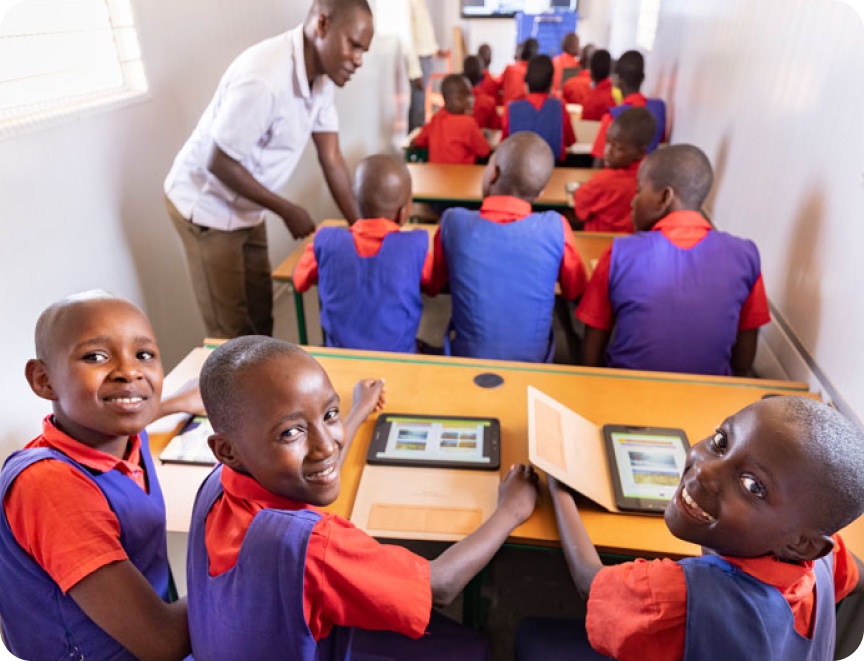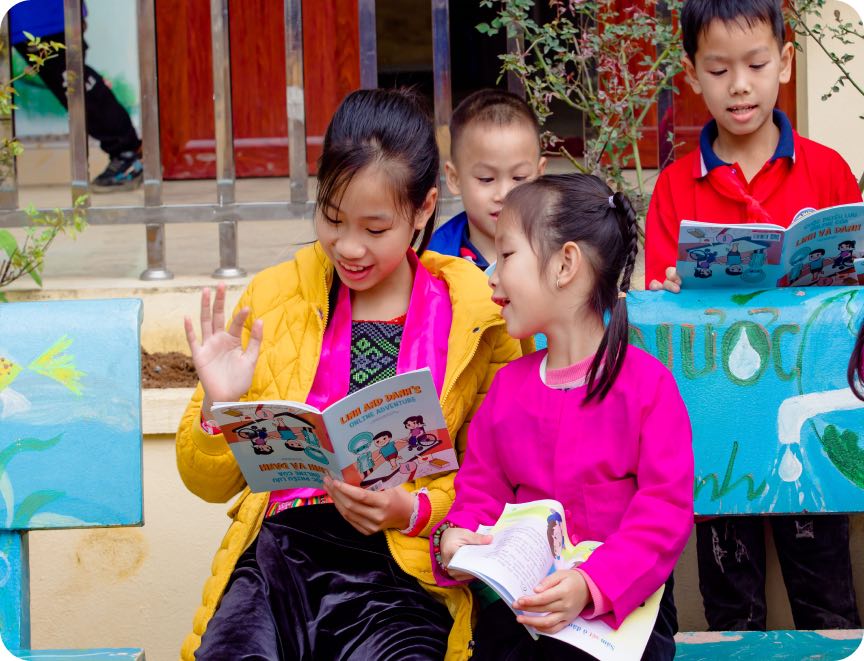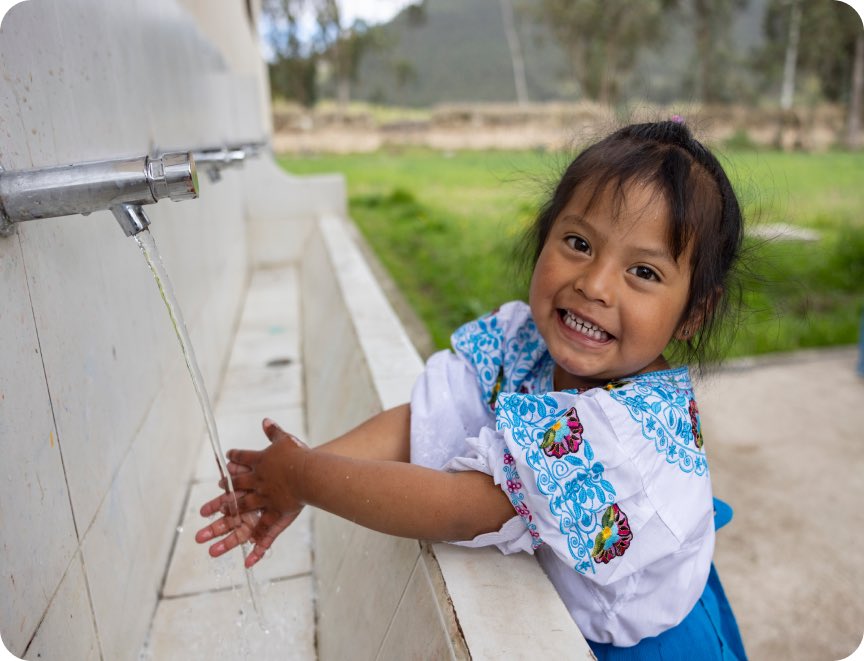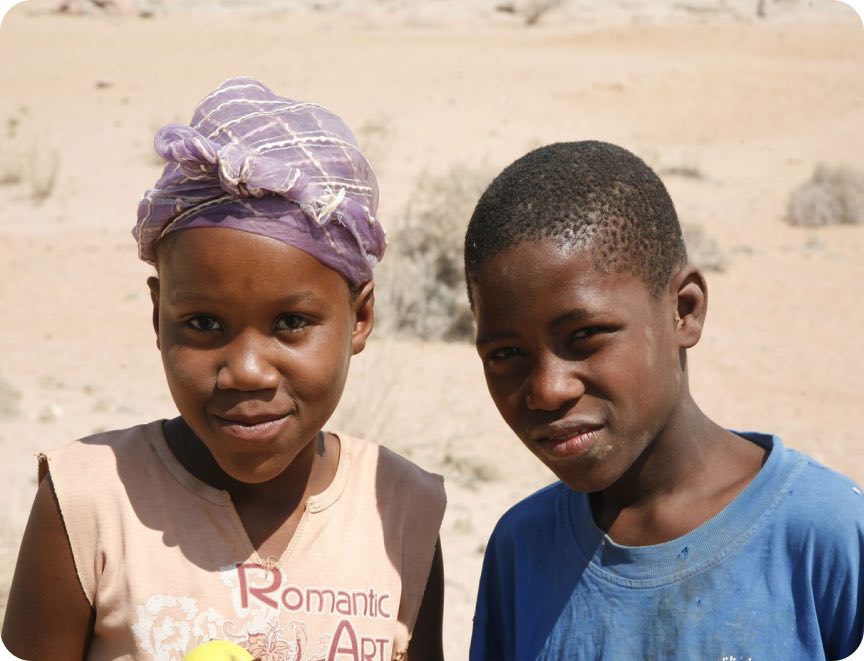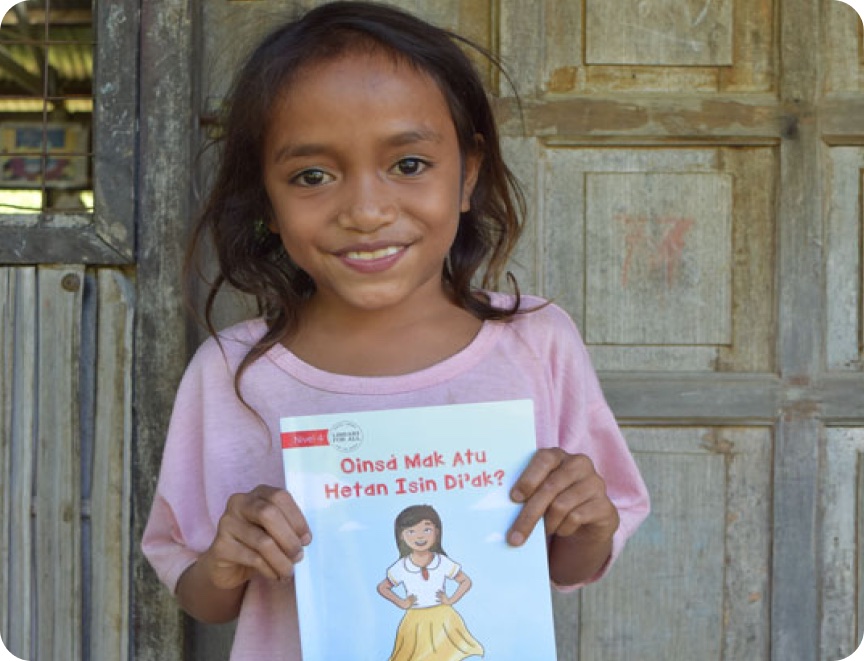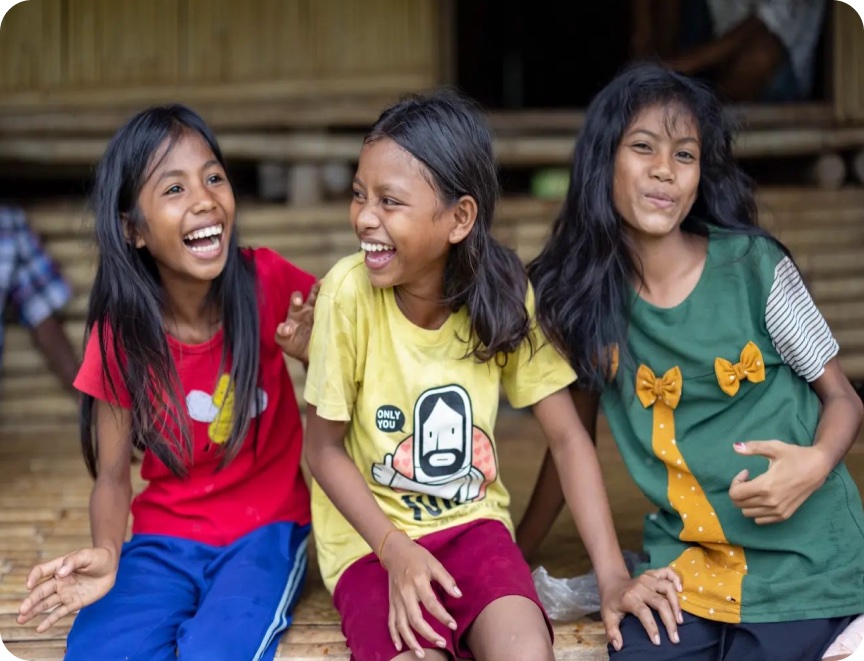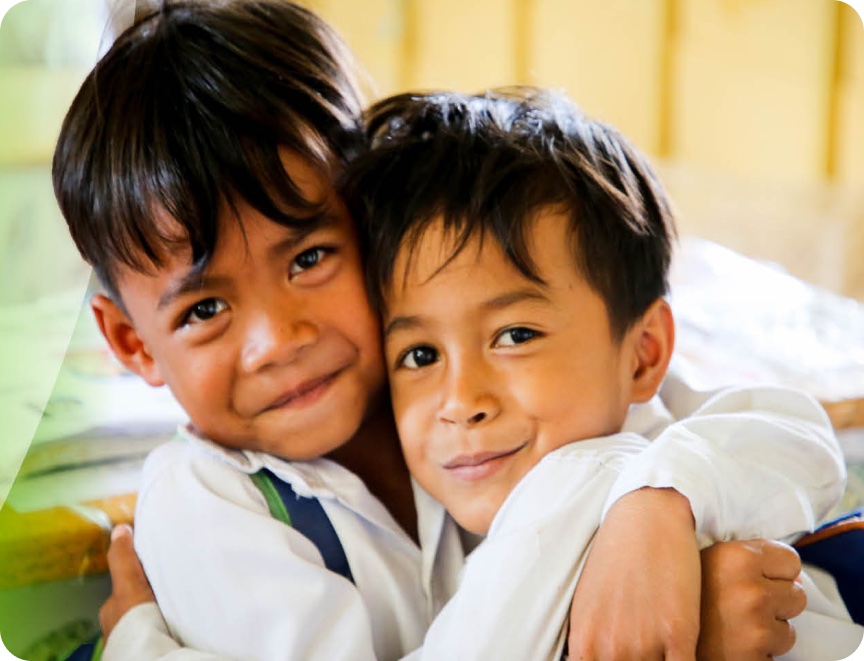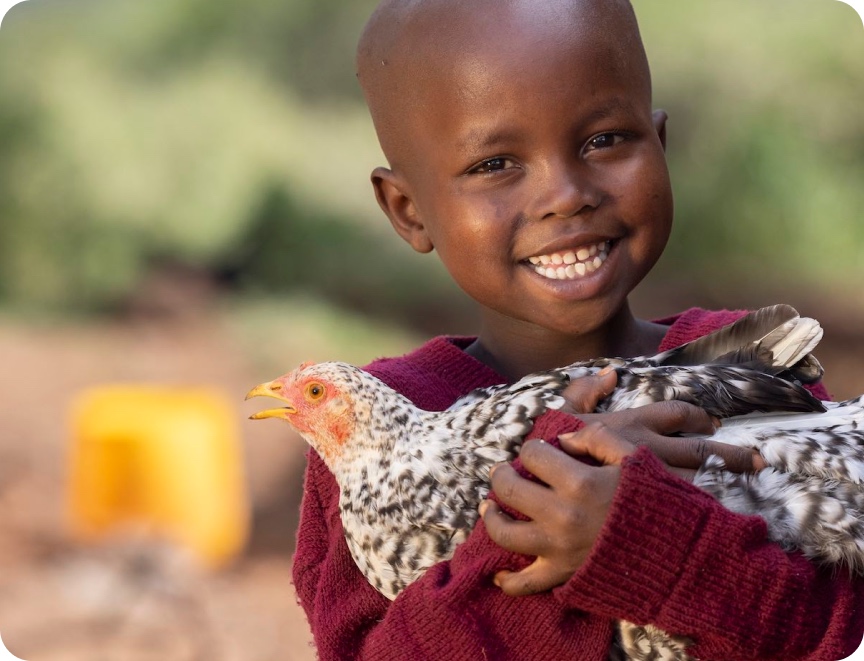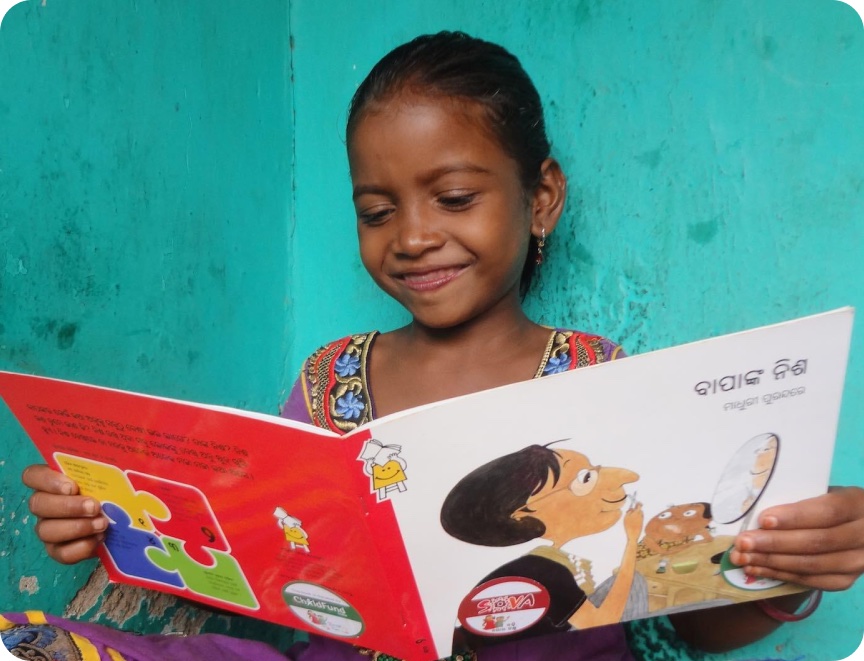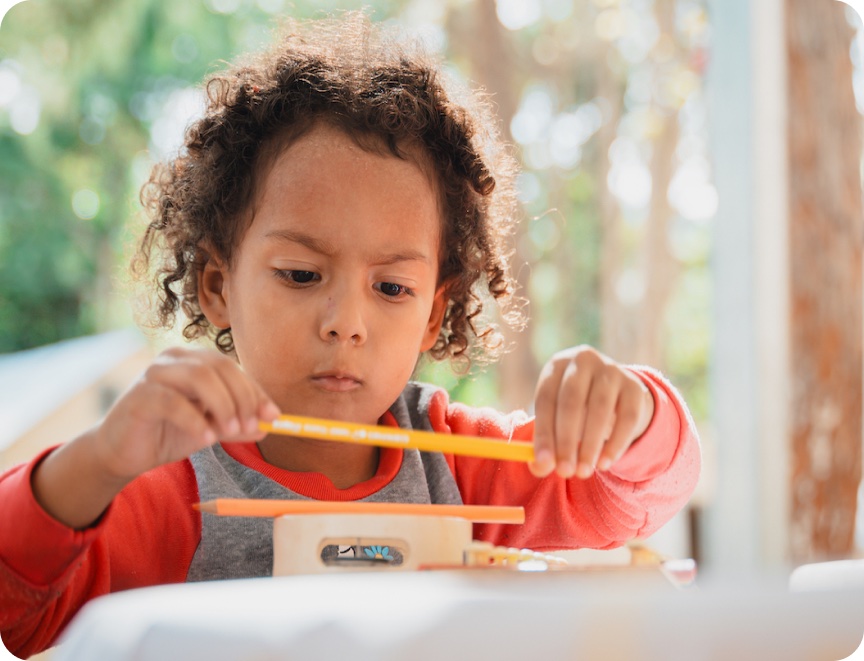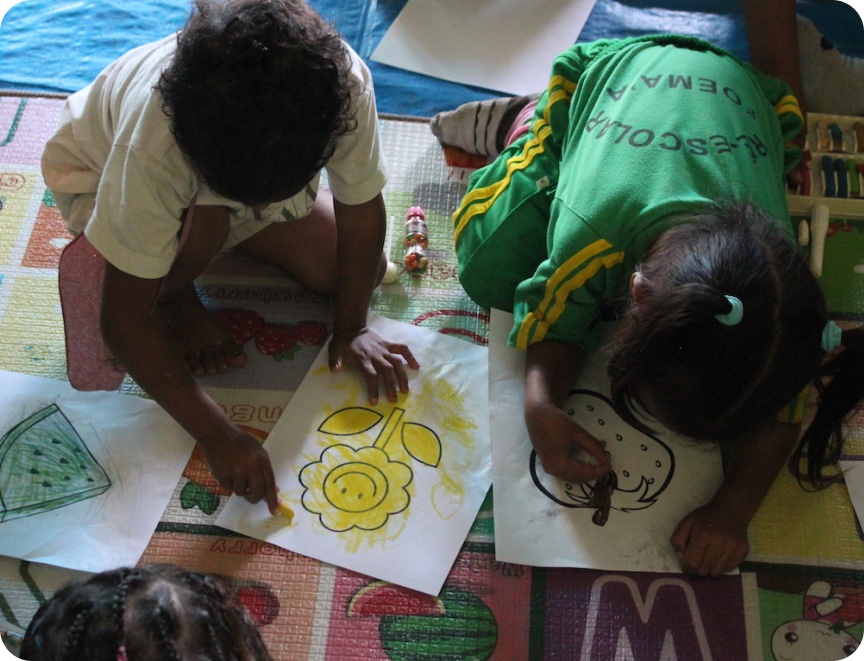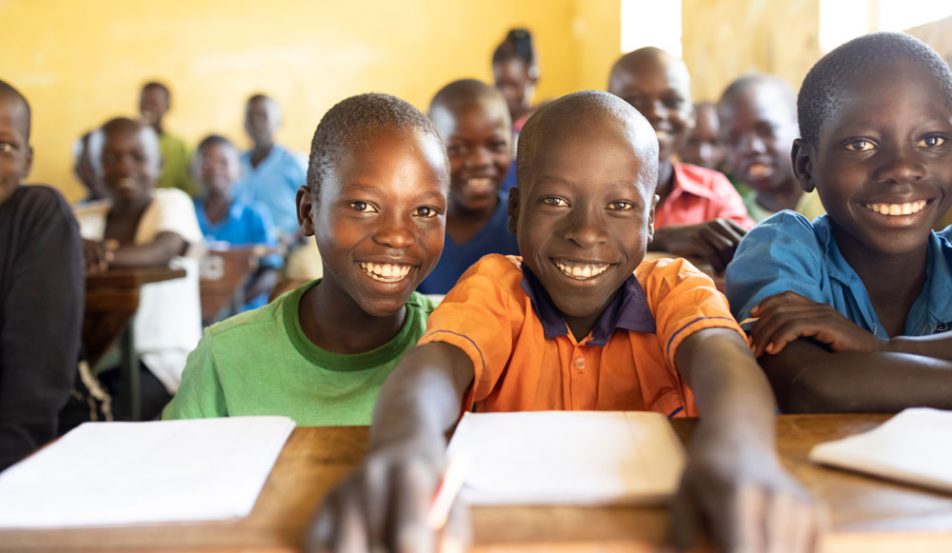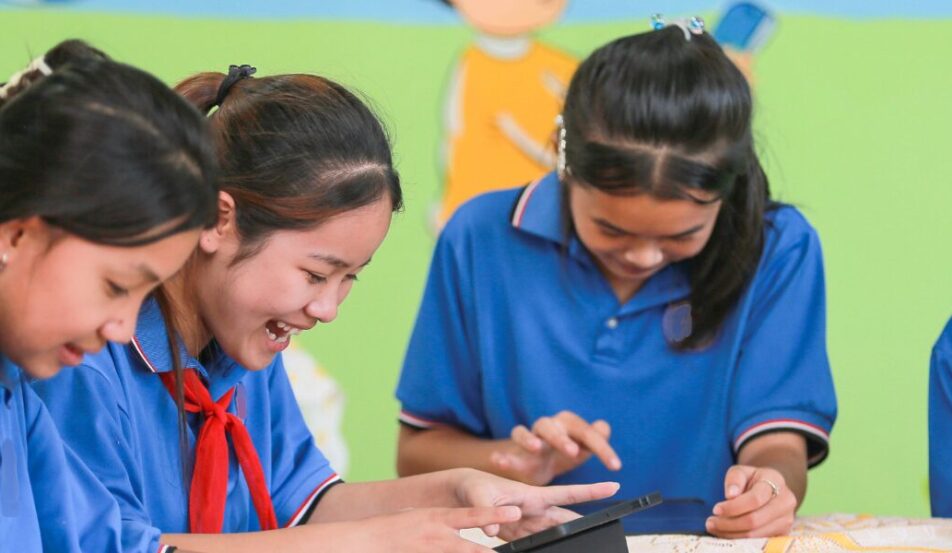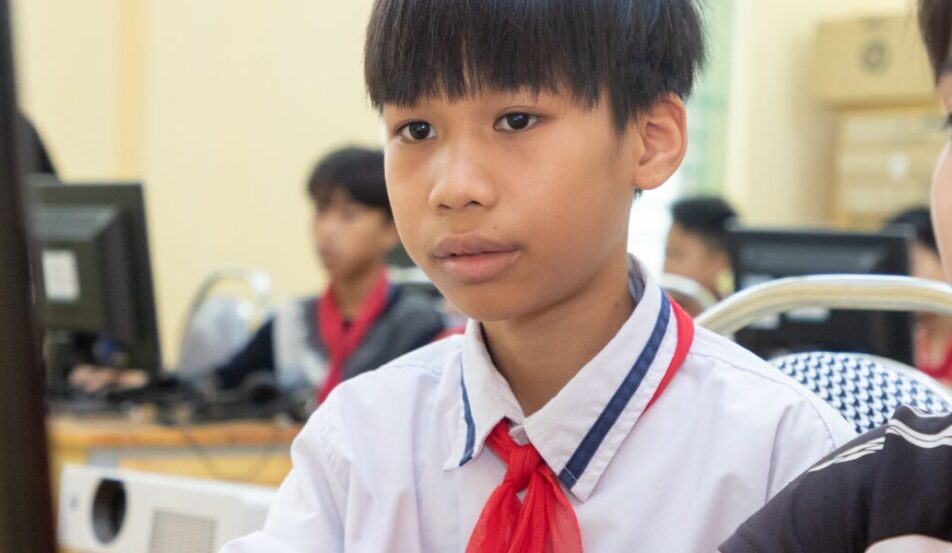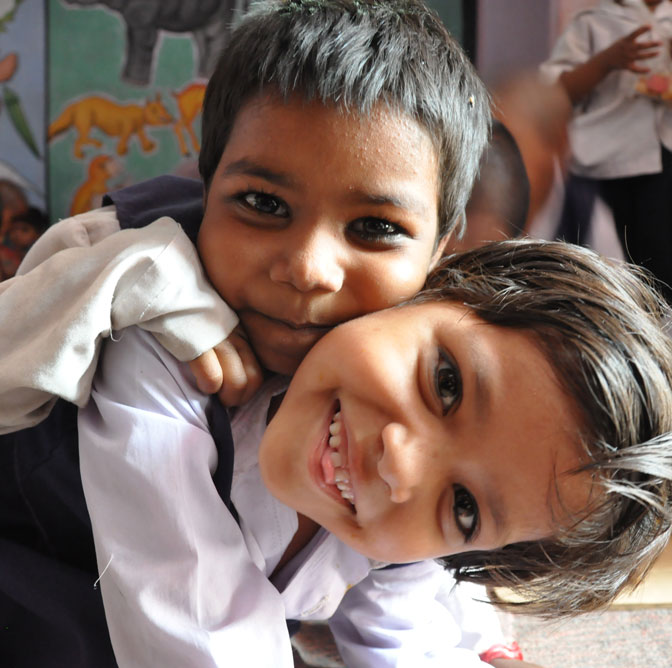Can education reduce poverty?
The United Nations states there is no consensus on a universal definition of poverty that can be applied to all countries. Poverty can mean a shortage of financial resources and possessions, or it can mean the lack of access to essential services, such as health care, education and safe environments.
Whatever your definition may be, we know that poverty and disadvantage can limit the opportunities for millions of children in developing communities. And while aid in the form of food, water and shelter can provide much-needed support, access to education is one of the most effective ways to break the cycle of poverty.
Children want to go to school
A ChildFund Alliance global children’s survey, Small Voices, Big Dreams polled 3,000 children aged 10-12 from developing countries around the world. With the goal of understanding what children deem important in their lives, the poll found that education, food and water were the three priorities children valued most.
Of those children surveyed, over half said if they were the president of their country, their highest priority would be to improve education. The children offered a range of ideas for how they would execute this priority, including improving and building new schools, making education free, offering school supplies and textbooks to students, and increasing access to education for all children.
What is the cycle of poverty?
Education and poverty are inextricably linked. Families living in vulnerable communities often need their children to stop attending school and begin work to supplement the household income. As a result, children don’t learn important literacy and numeracy skills and are limited to unskilled, low-paying jobs. With limited opportunities to earn better incomes, the cycle of poverty continues.
How does education reduce poverty?
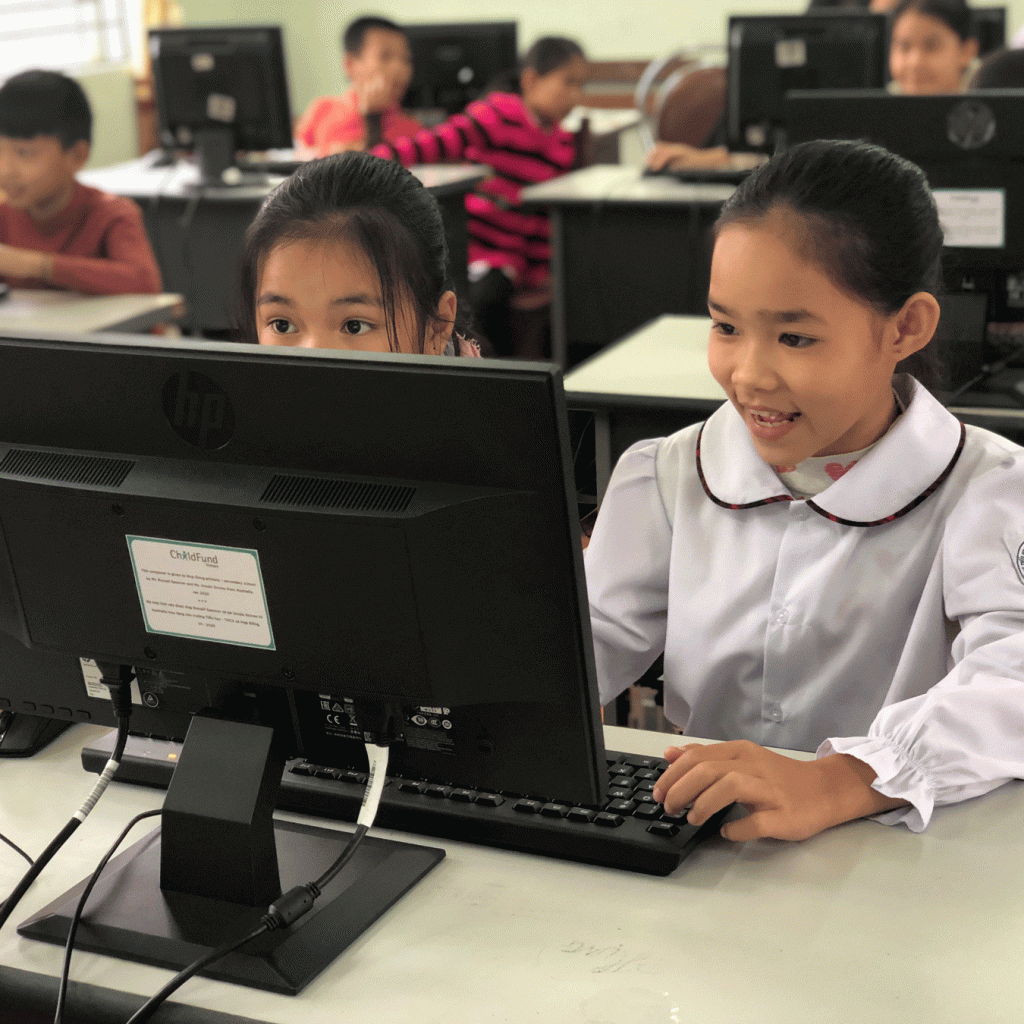
Education is a powerful tool. Equipping children with knowledge and skills gives them greater access to opportunity, and the chance to end the cycle of disadvantage. Here are just a few of the ways education helps reduce poverty.
1. Improving gender equality
When young women and girls go to school and finish their education, they have greater opportunities. Not only do they learn useful numeracy and literacy skills, but they are also more likely to:
- have children as an adult: 59% fewer girls below the age of 17 would become pregnant if all girls had secondary education;
- earn a higher income: every extra year of primary school boosts girls’ eventual wages by up to 20%
- save lives: a child born to a mother who can read is 50% more likely to survive past the age of five
- have a greater chance of ending the cycle of poverty. Most women invest 90% of their income into providing food, clothing and education for their children and community.
2. Increases individual income
The Global Partnership for Education says that an educated individual’s income increases by 10% for each year of schooling. For every dollar invested in an additional year of education, a person’s earnings increase by at least $2.50 in low to middle-income countries, and up to $5 in lower-income countries.
3. Literacy improves health
Education has been linked to improving standards of health around the world. Increased literacy skills enable women to read and access important and useful information during and after pregnancy which can reduce the rates of prenatal and maternal mortality, and improves children’s health.
Access to information also means children and families have a better understanding of the importance of clean water and sanitation practices, which helps to reduce waterborne disease and the costs of medical care.
How can you help children access an education?
ChildFund offers a variety of ways for you to help children living in poverty to access education.
You can help by donating a scholarship or by making regular donations.


